2017 Feb Newsletter –Early Detection of Alzheimer’s disease by retinal imaging device
Many people confuse Alzheimer's disease with dementia. There are numerous causes leading to dementia and Alzheimer is the most common type of dementia, accounting for 60-70% of dementia cases in Hong Kong. Dementia is not [...]
Singapore government has tested a Smart Elderly Monitoring and Alert System in 12 government rental flats from June to November 2015. This system was developed by Housing and Development Board (HDB) and four Small and Medium Enterprises (SMEs) in Singapore.
It comes with four components:
- Motion sensor- the system tracks the living habits of the elderly in their homes, and alerts their caregivers through alarms and text messages when irregular patterns appear, such as when there is an unusually long period of inactivity.
- Door contact sensor- check if the elderly in inside or outside the flat.
- A wearable panic button which the elderly can press in times of distress.
- Home gateway- collect data from the sensors and panic button, and send to the caregivers.

According to an HDB survey, 10 of 12 households felt that it was elder-friendly and easy to use. The survey also showed that the users did not feel that their privacy has been compromised. Among the first to try out the system was pre-school teacher Doris and her 78-year-old mother. Doris said that she was not at home most of the time, this system helped her a lot and she was much less worried about her mother now.

Because of the success of the pilot test, this Smart Elderly Monitoring and Alert System will be rolled out to over 3,000 households in the Yuhua region starting from April, 2016.
Another project under clinical trial was a home based tele-rehabilitation service, which helped the recovery of post-stroke patients undergoing rehabilitation treatments. Patients connect with therapists through a virtual platform run on a tablet while videos and motion sensors guide and measure their rehabilitation exercises.


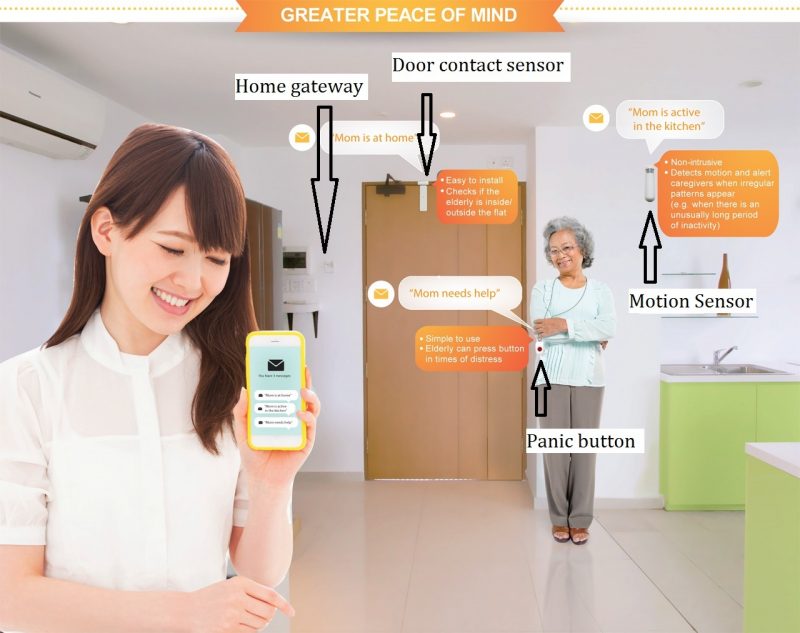
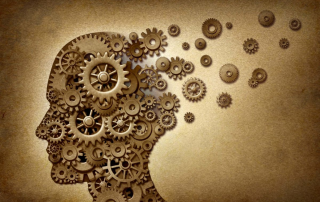
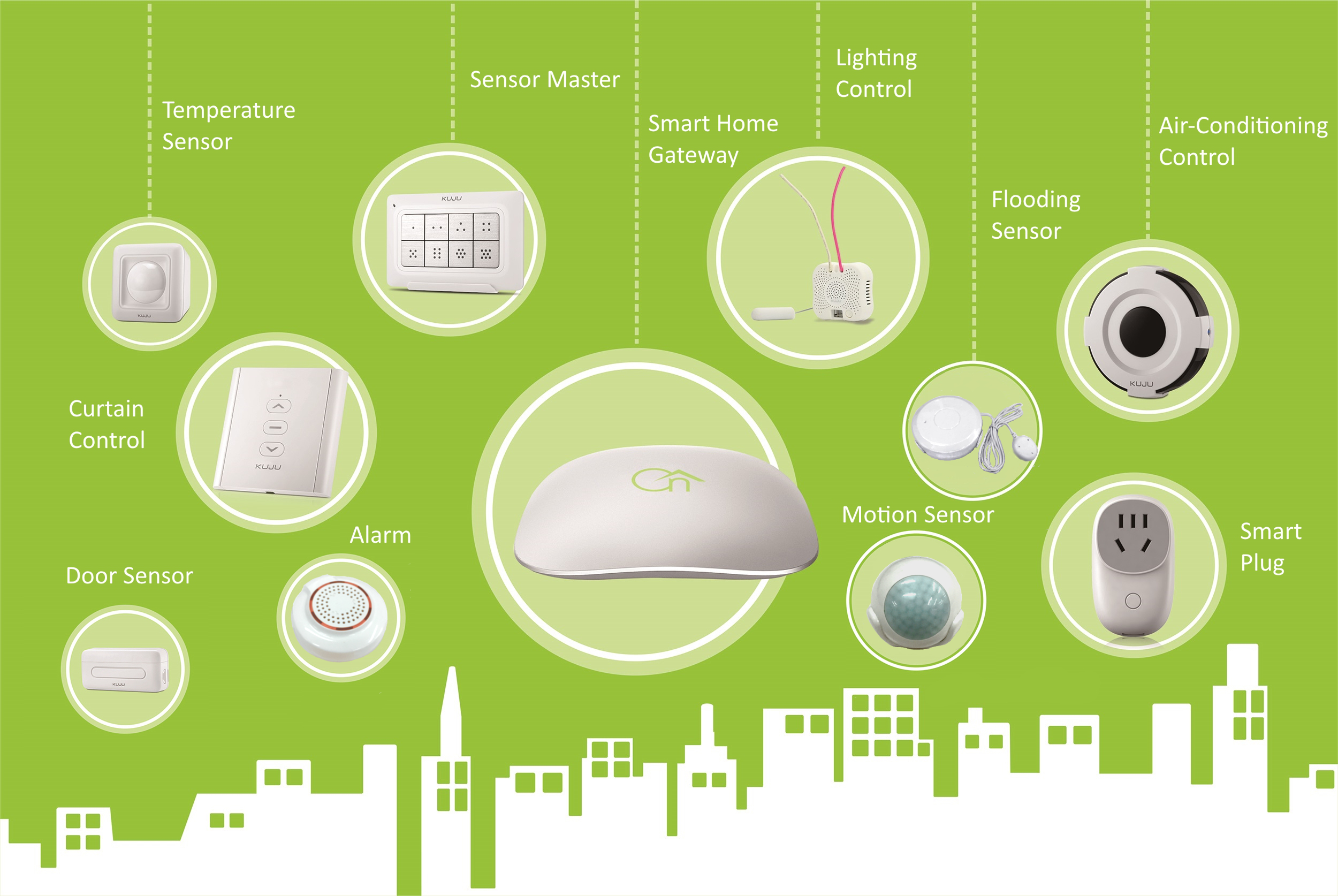

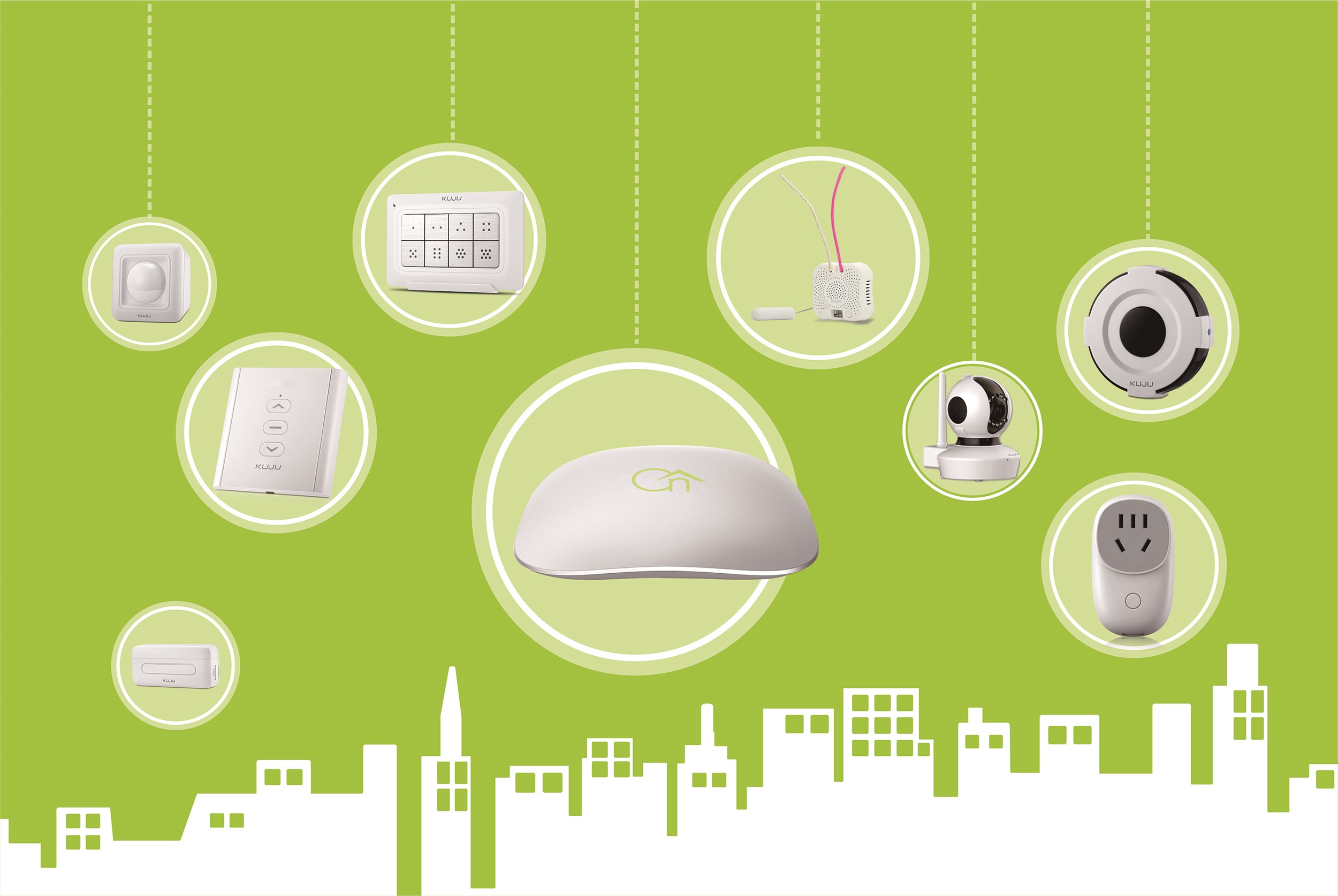
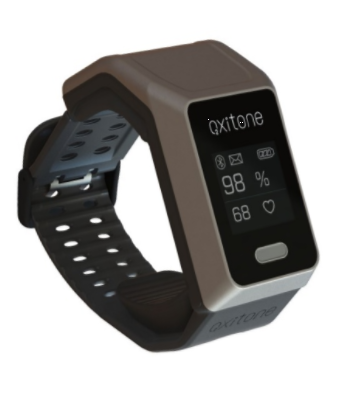

Leave A Comment